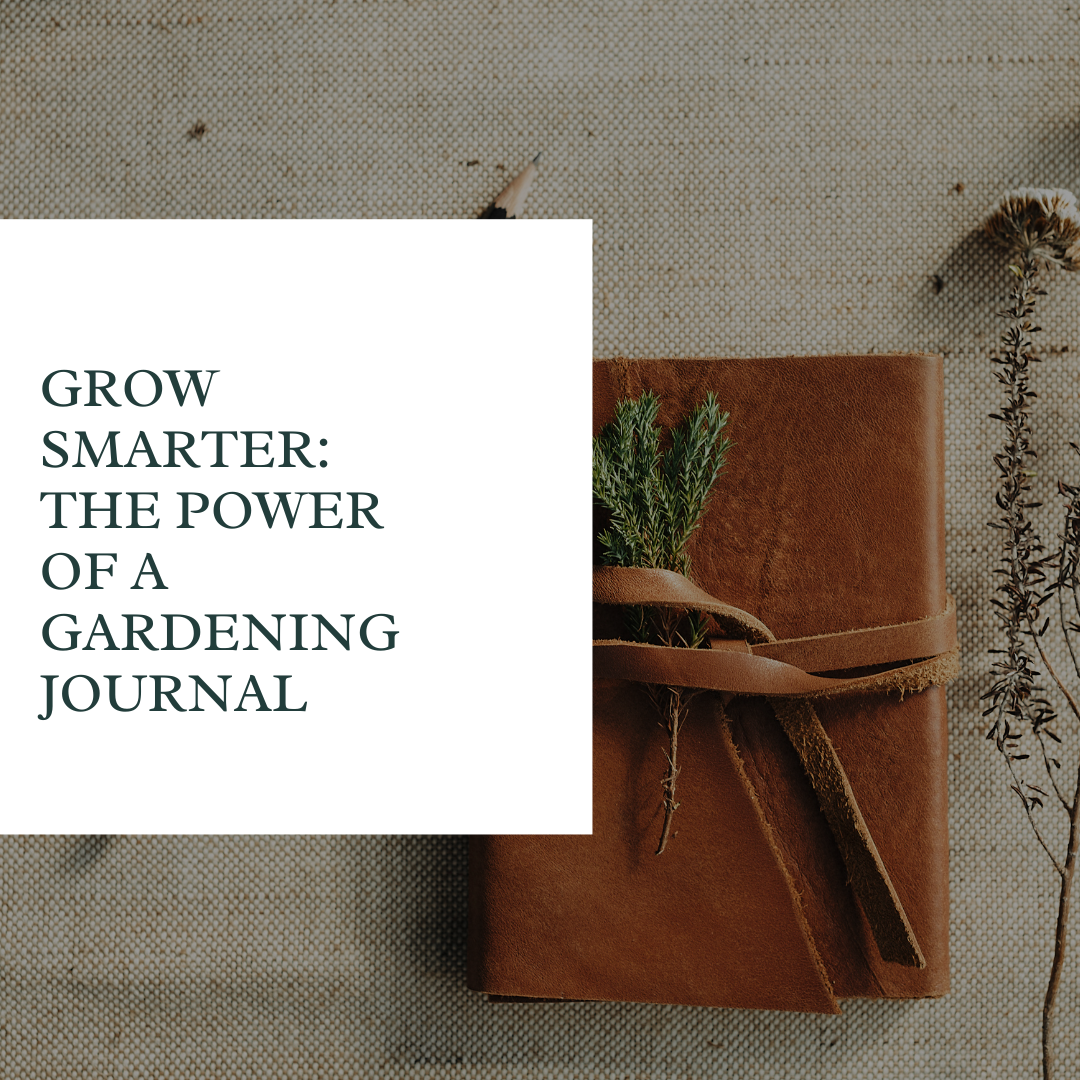Grow Smarter: The Power of a Gardening Journal

If you’ve ever found yourself saying, “What variety did I plant here last year?” or “That dahlia did amazing—what was it called again?” …you’re not alone. Gardening is an ever-evolving process, and the best way to get better year after year is by keeping a gardening journal.
At Bloomstead Farms, we’ve learned firsthand that recording what works (and what doesn’t) turns a good garden into a great one. It’s how we remember what thrived in Del Norte’s rugged climate, track bloom times, and plan for the beauty to come.
Why Keep a Gardening Journal?
1. Remember What You Planted
From seed names to tuber varieties, it’s easy to forget details season to season. A journal becomes your personalized reference guide.
2. Learn from Your Mistakes
Did a variety fail to thrive? Were there pest problems in a certain bed? Noting it down helps prevent repeat issues.
3. Celebrate Your Successes
It’s not all about problems! Journaling helps you savor your wins—those perfect blooms, that abundant harvest, the unexpected beauty.
4. Stay Inspired Year After Year
Flipping through your journal each spring becomes a ritual of remembering what you loved most, inspiring you to build on it.
What to Include in Your Garden Journal
You don’t need anything fancy. A simple notebook works, or you can create sections in a binder or digital note app. Start with these:
-
Planting Dates: When did you plant seeds, tubers, bulbs?
-
Variety Names: Especially helpful for things like dahlias—remember which ones were prolific or underwhelming.
-
Weather Notes: First and last frost dates, any unexpected hailstorms or heat waves.
-
Pest/Disease Observations: When did aphids show up? Did powdery mildew appear? How did you handle it?
-
What Thrived (and What Didn’t): Take note of what did especially well.
-
Photos or Sketches: Include snapshots or hand drawings to jog your memory.
-
Future Dreams: Garden layout ideas, wish lists, or notes about what to try next year.
Tips to Get Started
-
Start small—just jot down what you remember from this season.
-
Keep it accessible. A journal that lives in your garden shed or on your kitchen counter is more likely to get used.
-
Use it as a reflection tool. After a gardening session, take five minutes to write what you did and how it went.
Closing Thought:
The truth is, your garden is always teaching you something. A journal is simply a way of listening better.
Whether you’re growing a single raised bed or transforming rocky land like we did at Bloomstead, keeping track of your journey will make the next season richer, wiser, and even more beautiful.



